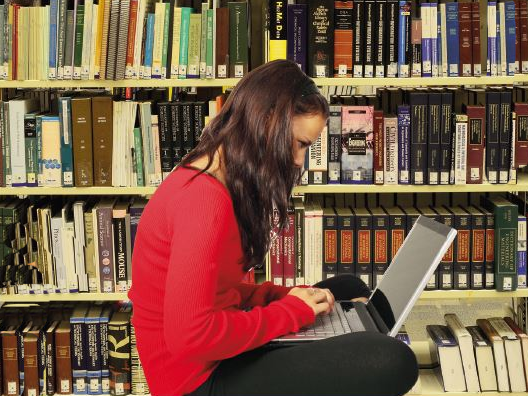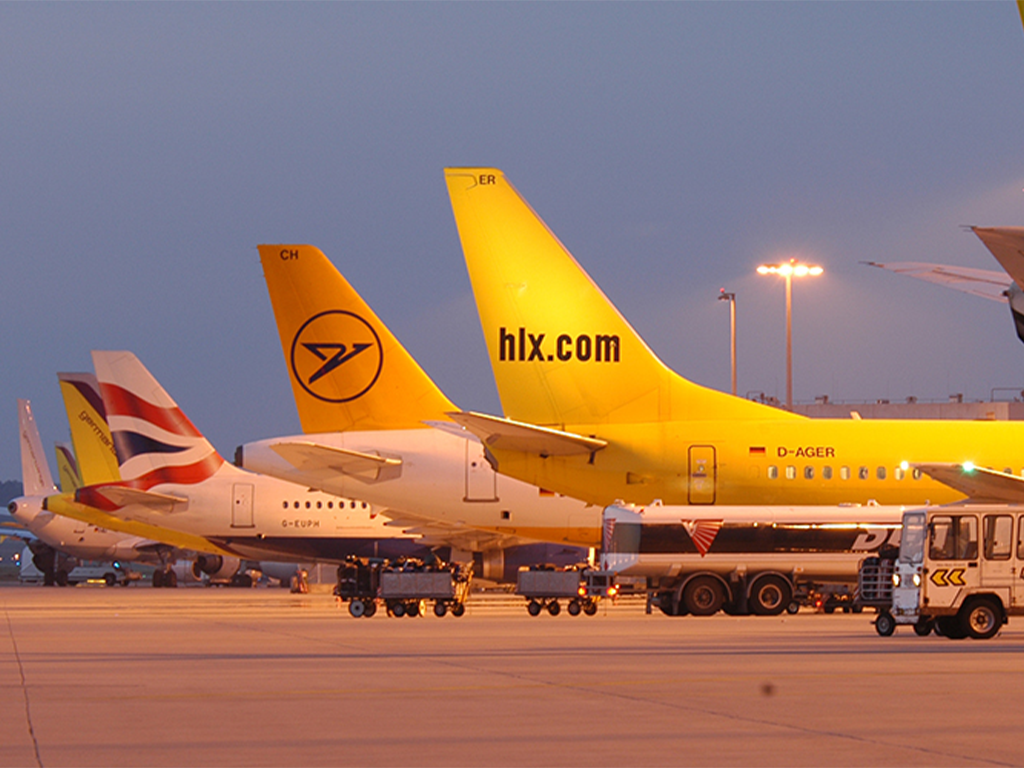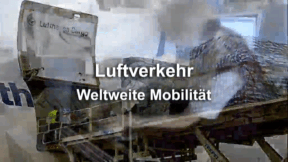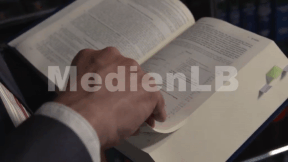 History
History
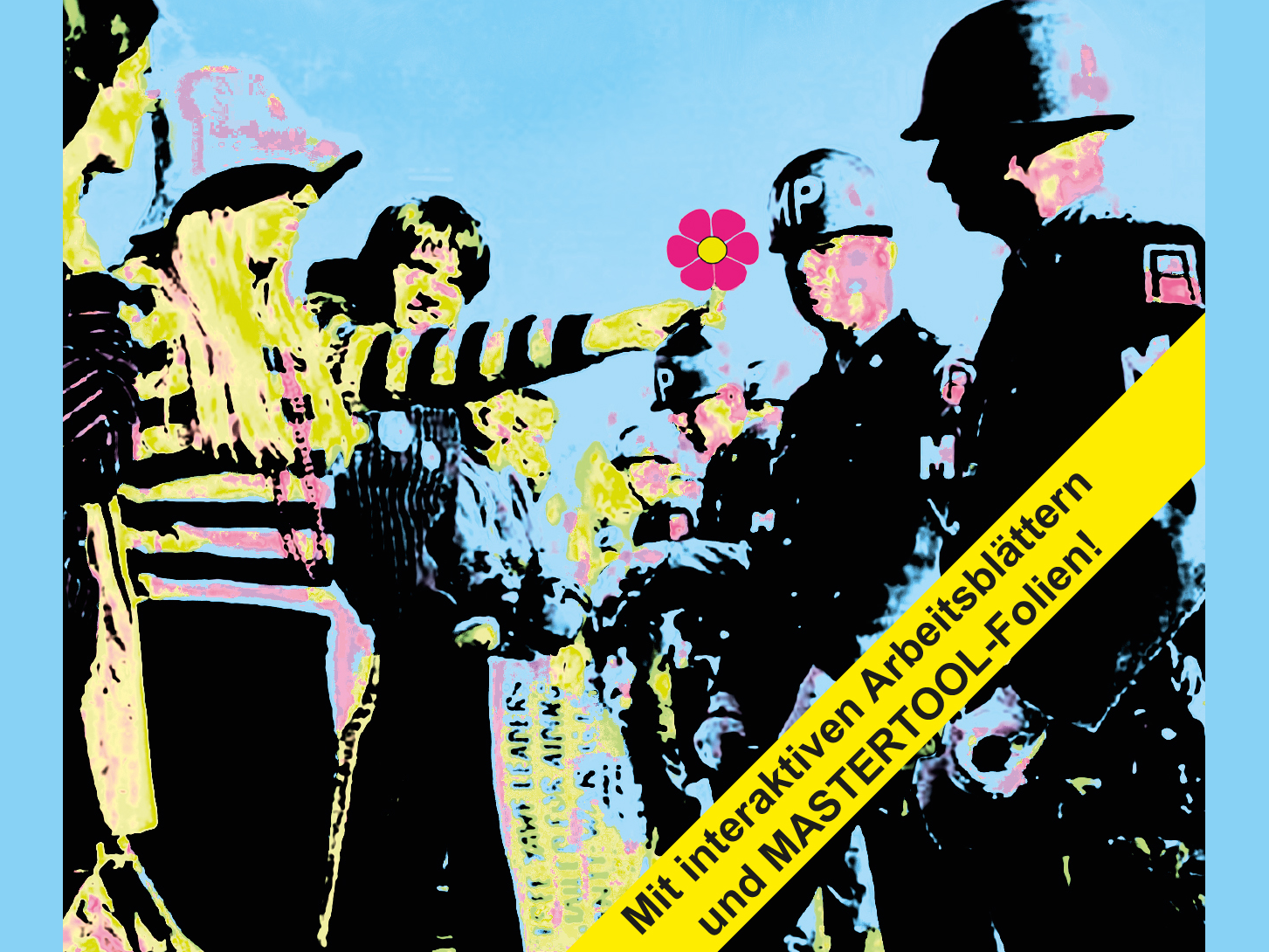
4671629 / 5561453
Generation of 1968
Aims and Reality
The protest movements of 1968 were ignited all over the world – the existing order underwent a dramatic upheaval. Students and pupils of the entire world – no matter in which country, which culture – expressed their solidarity. And what they accomplished was great! The revolutions and achievements of this movement have changed the whole world. And it remains doubtful if there will ever be another “1968“!
In Europe, student criticism was directed against the shortcomings of the universities. This basic discontent extended to external and internal issues that spread like wildfire. They were wide-ranging and sweeping. For example, among other things, the ideology of the new consumption society was protested against. Another point of contention was the increasing generational conflict.
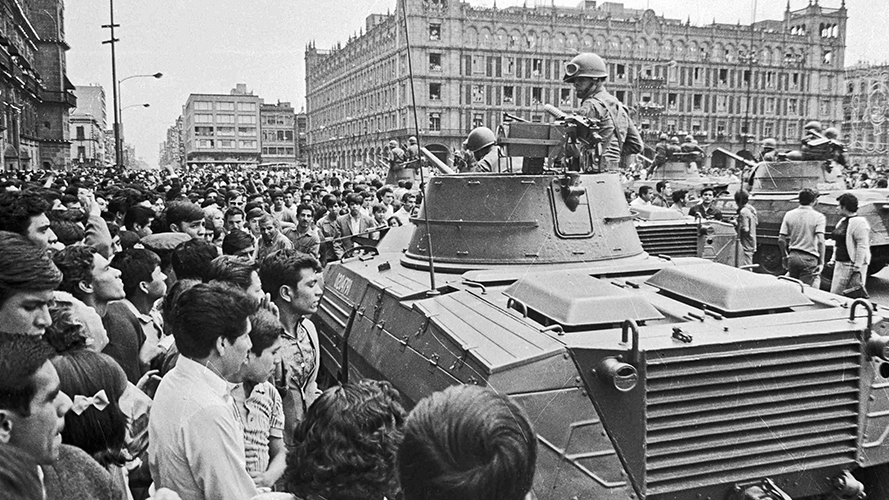
Curriculum-centred and oriented towards educational standards
Matching
Air Traffic
Being able to fly has been a dream of humanity from time immemorial. But it does not even date back a century that people actually started being able to travel through the air. Since the 1960s, the number of flight passengers has been constantly increasing. Thus, the airspace is no longer dominated by birds but by man-made flying objects.




